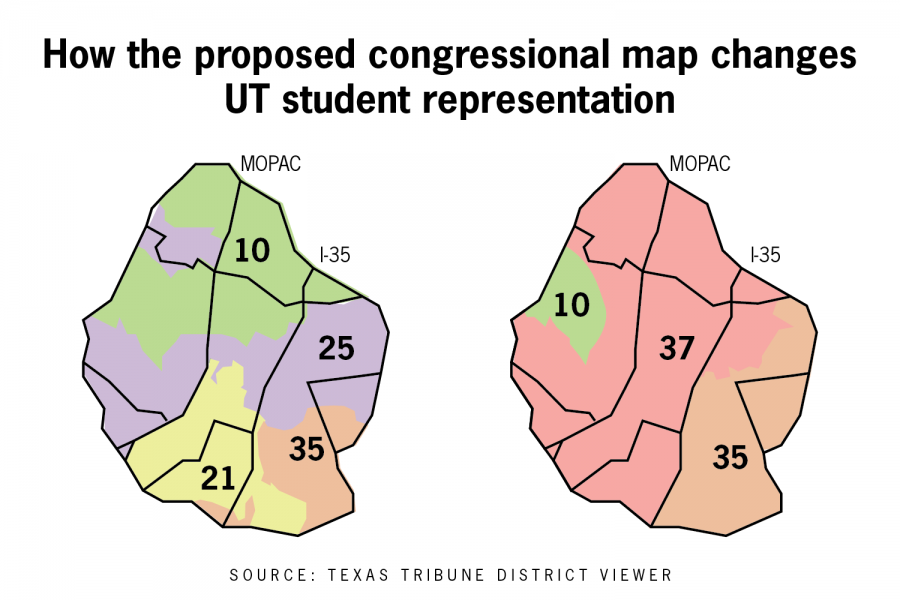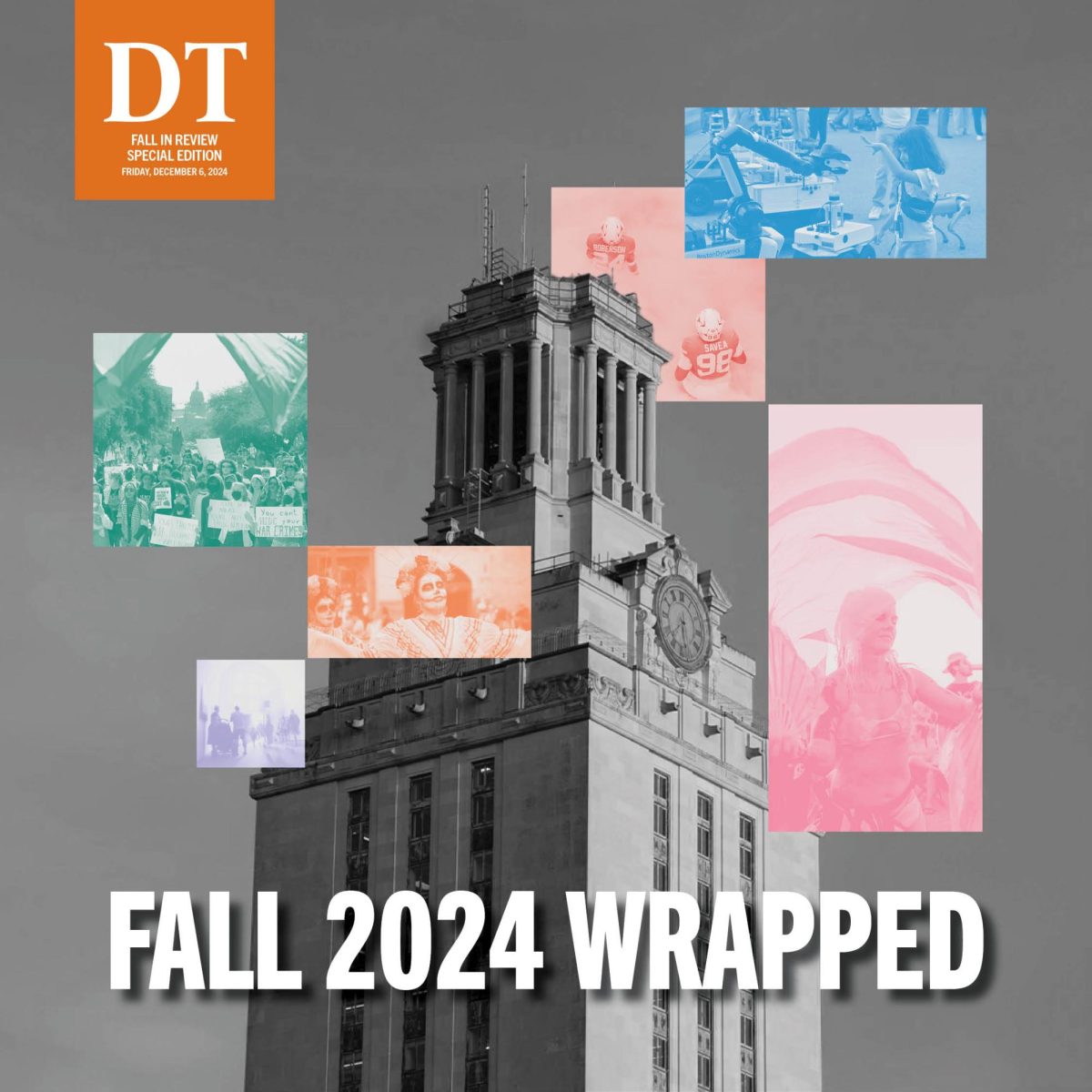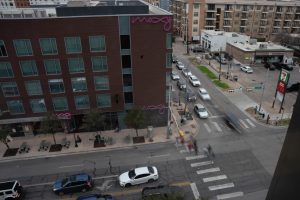UT students say new congressional zone consolidates student votes but excludes underrepresented communities in Riverside
October 25, 2021
Editor’s Note: This story first appeared as part of the October 5th flipbook.
Highly student populated areas around UT may gain a new U.S. House seat and have greater consolidated voting power if the newly proposed congressional zone is approved.
The new proposed TX-37 congressional district encompasses areas like West Campus and North Campus, which predominantly voted Democrat in 2020, but leaves out Riverside, where many students also live. The old map split West Campus and campus into separate districts, which Raghav Aggarwal, Student Government representative for the College of Liberal Arts, said diluted student voting power.
“(The map) leaves out key student hubs such as Riverside which hosts a substantial student population, especially students who look to benefit from lower rents,” Aggarwal said. “They’re not able to effectively vote for representatives that support their interests in office.”
Student Government passed legislation demanding lawmakers combine all student hubs surrounding the University, including Riverside, into one congressional district.
”When you look at a map that organizes various chunks of land into districts, it should be nice to look at. It should be clean, whereas our current congressional districts are very haphazard,” international relations and global studies, Asian studies and economics sophomore Aggarwal said. “Right now, (the current map) separates West Campus from actual main campus, so students are separated into different congressional districts and gerrymandering essentially just stifles our voices consequently.”
Aggarwal said if the University was in one congressional district, all student votes would count toward a single congressional race.
Joshua Blank, research director of the Texas Politics Project, said because Republicans control the Texas House and Senate, they were able to draw lines that maintain their current seats and their majority within the legislature.
“The primary goal of redistricting is to make sure that every voter’s vote counts equally,” Blank said. “The process itself is significantly more complicated in that there are considerations that have to be met … to make sure that historically discriminated against groups are fairly represented in any maps produced by anybody.”
Jacqueline Santillana, a government senior and outreach chair for Texas Rising, said she testified at the Capitol during a redistricting hearing to bring awareness to lack of voter representation in the proposed maps.
“I honestly didn’t really get informed about redistricting until I moved to Austin, and once I did, I realized how divided our districts were,” Santillana said. “I saw that some people who were living in West Campus, while I was living in the dorms, were in a different district, and then while living in Riverside, I lived in another district in comparison to people living on campus. So we were all being represented by different representatives.”
Santillana said having students in a single congressional district would also make the voter registration process easier for those who might not know what district they live in.
“When people are registering to vote, they always ask me ‘What’s going to be on my ballot?’ or ‘Who represents me? Who’s running?’, and I can’t really give them specifics,” Santillana said. “I have to help them understand that UT is divided by different districts, so it makes it a little more difficult for them to understand the electoral process.”











